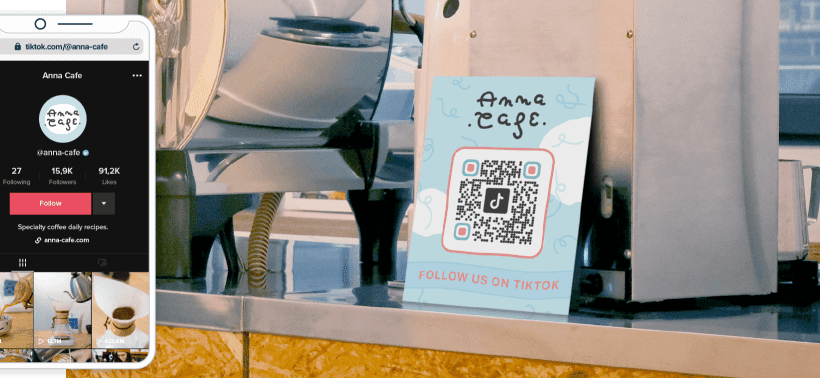Looking for a way to share information quickly and conveniently with your audience? Look no further than QR codes! These Quick Response codes can be used for a variety of purposes, from directing users to your website or social media pages to sharing contact details and more. Here’s how to create your own QR code in just a few simple steps:
Easy, right? So next time you want to share information with your audience, consider creating a QR code to make it simple and efficient for everyone involved.
Understanding QR Codes
QR codes are two-dimensional barcodes that were first developed in 1994 by a Japanese corporation named Denso Wave. The technology was originally used to track vehicles during the manufacturing process. However, today QR codes have found their way into numerous fields, including marketing, advertising, education, and even healthcare.
A QR code is made up of black and white squares that can be scanned using a smartphone camera. The smartphone camera reads the code and opens a web page, displays text or an image, or performs some other action based on the information embedded in the code.
QR codes are an excellent tool for businesses and individuals to communicate with their customers and target audience.
Advantages of QR Codes
QR codes offer numerous advantages to businesses and individuals alike. Some of the advantages include:
1. Increased Engagement: QR codes make it easy for customers to interact with physical locations or products. This can lead to increased engagement and loyalty, as customers feel more connected to the brand or location.
2. Cost-Effective: QR codes are an affordable way to connect with customers. This makes them an ideal tool for small businesses, startups, and even non-profits.
3. Trackable: QR codes allow businesses to track where and how often their codes are being scanned. This information can be used to optimize marketing efforts and fine-tune the message being communicated.
4. Convenient: QR codes can be easily scanned using a smartphone camera, making the process seamless for customers.
QR Code Generator Tools
There are numerous QR code generator tools available online. Some of the popular options include:
1. QR Code Monkey: This tool allows you to create custom QR codes with your brand’s logo, color scheme and design elements. It offers a range of formats, including URLs, email addresses, and SMS messages.
2. QRStuff: QRStuff allows you to create QR codes with a range of different data types, including URLs, email addresses, and phone numbers. It also offers the ability to track how often the code is scanned.
3. Beaconstac QR Code Generator: This tool offers a range of customization options, including the ability to add a logo, adjust color schemes, and choose from multiple QR code types.
Steps to Creating a QR Code
Creating a QR code is a simple process that can be completed in just a few steps:
1. Choose a QR code generator tool.
2. Select the type of data you want to embed in the code, such as a URL or email address.
3. Enter the data you want to embed.
4. Customize your QR code using the available options.
5. Download or save your QR code and start using it in your marketing and communication efforts.
Customizing a QR Code
Customizing a QR code can help it stand out and better reflect your brand. Some of the customization options available include:
1. Branding: Add your logo, brand colors, and design elements to your QR code to make it more visually appealing and immediately recognizable.
2. Design Elements: Use custom images or shapes in your QR code design to make it more engaging and memorable.
3. Call-to-Action: Add a call-to-action message to your QR code to prompt users to scan the code and engage with you on a deeper level.
Best Practices when Creating QR Codes
To ensure that your QR codes are effective and user-friendly, it’s important to follow a few best practices:
1. Test Your Code: Before going live with your QR code, test it on multiple devices to ensure that it works as intended.
2. Use a Readable Code: Select a QR code that is easily readable by smartphones. Avoid overly complex designs that may be difficult for some scanners to read.
3. Provide Clear Instructions: Provide clear instructions on how to scan the code and what the user can expect after scanning it.
4. Keep it Relevant: Ensure that the information contained in the QR code is relevant and valuable to the user, to increase engagement and conversions.
QR codes are a powerful communication tool that can help businesses and individuals connect with customers and target audiences. By following best practices and customizing your code to reflect your brand, you can create an effective and engaging marketing tool that can help drive conversions and grow your audience.





